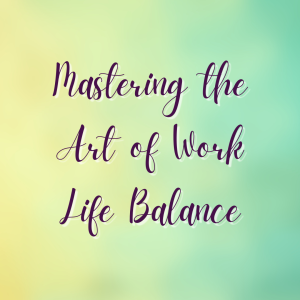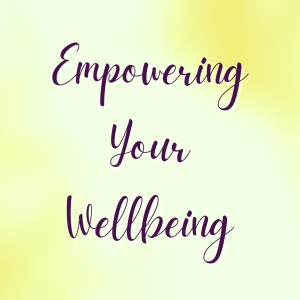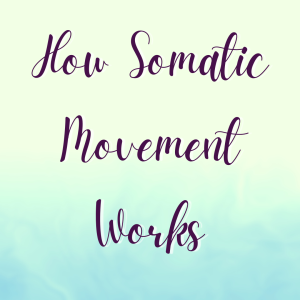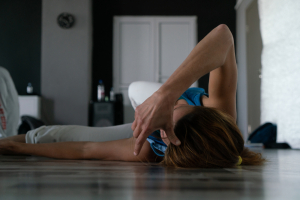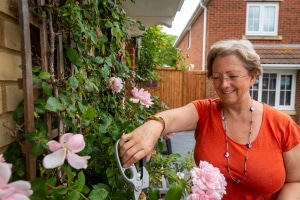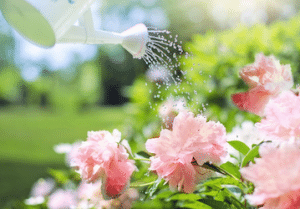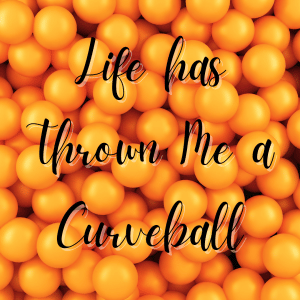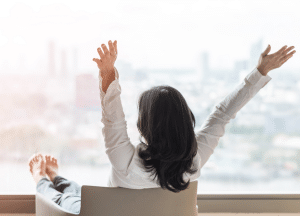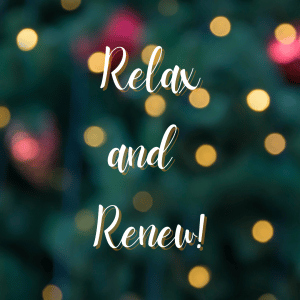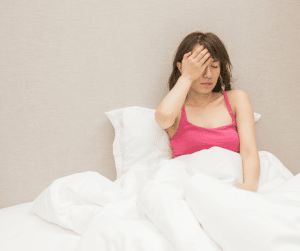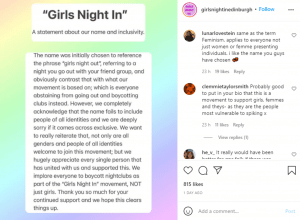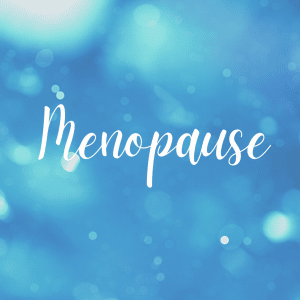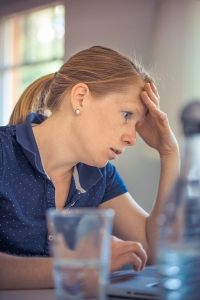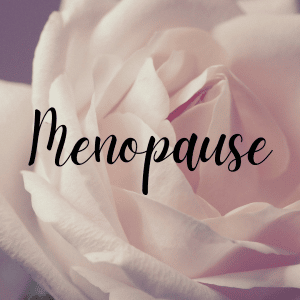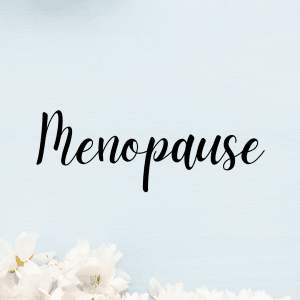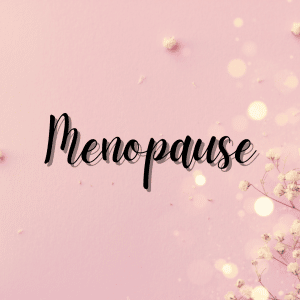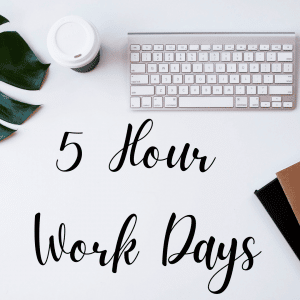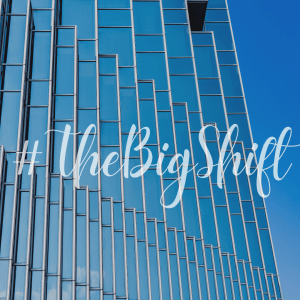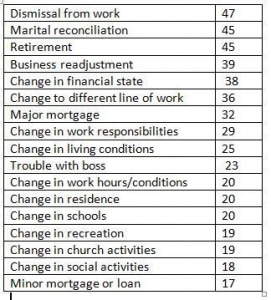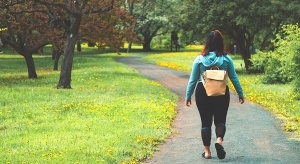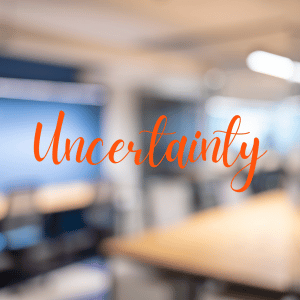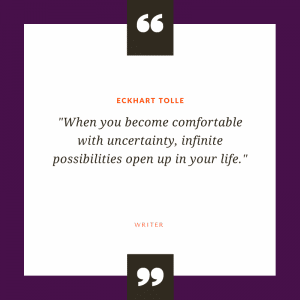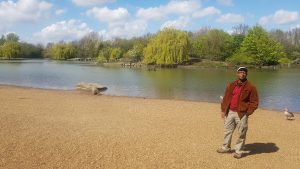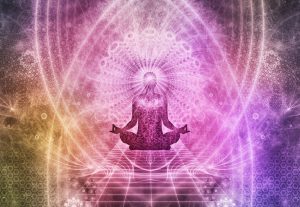 In the hustle and bustle of the modern world, sleep is often the first casualty of our busy lives. Stressed professionals, in particular, frequently find themselves sacrificing sleep in favor of work, meetings, and endless to-do lists. However, this relentless pursuit of productivity often comes at a steep cost. Quality sleep is not just a luxury; it’s a non-negotiable component of optimal performance and well-being. In this blog, we will explore the importance of quality sleep and offer practical tips on creating a sleep-friendly environment. As a professional coach, my aim is to help you reclaim your sleep and, in turn, your vitality, focus, and overall success.
In the hustle and bustle of the modern world, sleep is often the first casualty of our busy lives. Stressed professionals, in particular, frequently find themselves sacrificing sleep in favor of work, meetings, and endless to-do lists. However, this relentless pursuit of productivity often comes at a steep cost. Quality sleep is not just a luxury; it’s a non-negotiable component of optimal performance and well-being. In this blog, we will explore the importance of quality sleep and offer practical tips on creating a sleep-friendly environment. As a professional coach, my aim is to help you reclaim your sleep and, in turn, your vitality, focus, and overall success.
Lack of sleep has the same symptoms and feelings as being very drunk. Not just tiredness but also the inability of the brain to function properly. Almost like a brain fog. After prolonged bouts of bad sleep the body also starts to feel achy and tired. All in all, a very bad place to be.
The Importance of Quality Sleep
Enhanced Cognitive Function
Sleep is when our brain processes and consolidates information acquired throughout the day. It is the ultimate cognitive reset button. A well-rested mind is more alert, creative, and able to make sound decisions.
Improved Emotional Resilience
A good night’s sleep equips you with the emotional resilience to handle stress and challenging situations. Without it, stress can become overwhelming, leading to burnout.
Physical Health Benefits
Sleep is vital for physical health. It aids in the repair and regeneration of cells, enhances immune function, and helps maintain a healthy weight. Lack of sleep is associated with an increased risk of chronic diseases such as heart disease and diabetes.
Increased Productivity
Contrary to the popular belief that sacrificing sleep leads to higher productivity, consistent, high-quality sleep boosts productivity and efficiency. You’ll be amazed at how much more you can accomplish with a rested mind.
Creating a Sleep-Friendly Environment
Establish a Consistent Sleep Schedule
Go to bed and wake up at the same time every day, even on weekends. Consistency helps regulate your body’s internal clock, making it easier to fall asleep and wake up feeling refreshed.
Optimize Your Bedroom
Your bedroom should be a sanctuary for resting. Ensure your room is dark, quiet, and at a comfortable temperature. Invest in a good quality mattress and pillows to provide optimal comfort and support. Make sure your pillow gives adequate neck support for the position you lie in most often.
Limit Exposure to Screens
The blue light emitted by smartphones, tablets, and computers can disrupt your circadian rhythm. Aim to avoid screens at least an hour before bedtime. I also advise against having a TV in the bedroom. The temptation to watch it while falling asleep is too great. Watching TV before sleeping can also affect your sleep quality. It is one of the things we changed when we moved. No TV in the bedroom.
Watch Your Diet
Avoid heavy meals, caffeine, and alcohol close to bedtime. These substances can interfere with your quality of rest. I find that alcohol in particular is very dehydrating so I do not sleep as well if I have had alcohol in the evening. I do drink lots of water but I can still feel the subtle difference. Also women in menopause, if you are like me, the alcohol will lead to hormone imbalance and make any hot flushes worse when you go to be, so a double reason to limit alcohol. Everything in moderation.
Develop a Relaxing Pre-Bedtime Routine
Engage in calming activities before bedtime, such as reading, taking a warm bath, or practising mindfulness or meditation. These activities signal to your body that it’s time to wind down. A foot soak with some Epson Salts is also great for relaxing and helps rebalance the body. All you need is a bowl, some warm water and some Epson Salts, which you can get in any supermarket. It is a great way to wind down. You can even listen to music or read at the same time.
Manage Stress
Stress can keep you up at night, so it’s crucial to manage it effectively. Engage in stress-reduction techniques, such as yoga, deep breathing, or journaling, to ease your mind before sleep. Journalling is particularly good as it gives the brain the opportunity to download everything you are thinking or worrying about. It allows the brain to release all those thoughts. It is also a great creative pursuit.
Get Regular Exercise
Regular physical activity can improve sleep quality. However, avoid intense exercise close to bedtime, as it may energize you and make it harder to fall asleep. An early morning walk is particularly good for resetting your body clock and helping you sleep at night. HAve a listen to Michale Mosley’s just one thing on BBC for more info. Early Morning Walk
As a professional coach, I understand the immense pressure and demands on your shoulders. But sacrificing sleep is not the solution. Lack of sleep can exacerbate the challenges you face. To perform at your best, you need quality sleep. By implementing these sleep hygiene tips and creating a sleep-friendly environment, you can take a significant step towards improving your overall well-being and professional success. Prioritise your sleep, and watch as your vitality, focus, and resilience soar to new heights. Remember, in the pursuit of success, quality sleep is amost valuable asset.

